New calculations by Dr. Hawking and other researchers suggest that essential properties of whatever falls into these cosmic pits may survive.



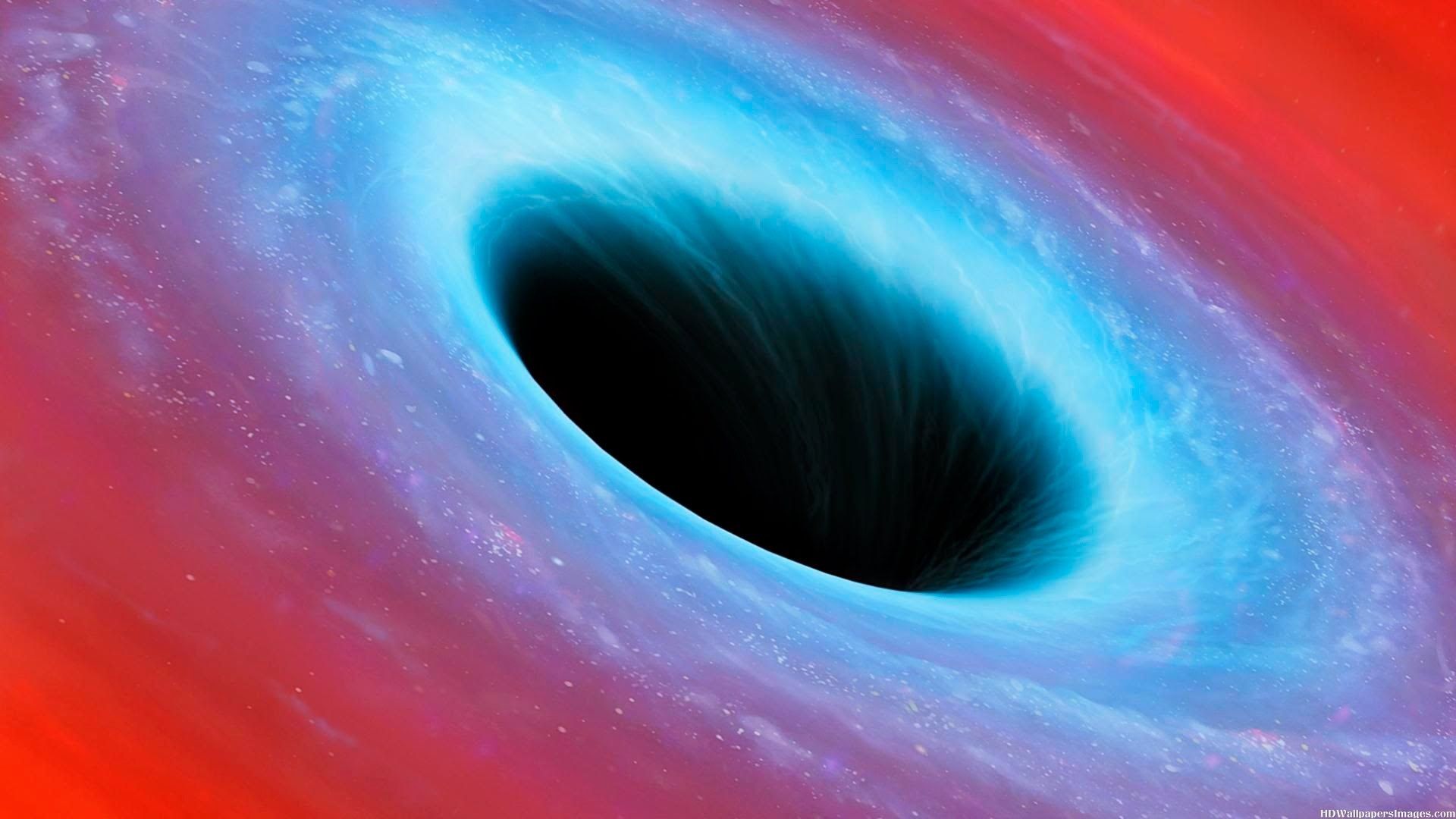

This is one of those “therotical” topics that many of us have had at some point in our lives with our engineering team pals, or with our research department/ lab buddies. Fun to see Elon Musk share his views on this topic. Who knows; maybe? Last week, we learned that black holes may be nothing more that a multi-layer hologram in space.
“There’s a billion to one chance we’re living in base reality,” Elon Musk said tonight on stage at Recode’s Code Conference, meaning that one of the most influential and powerful figures in tech thinks that it’s overwhelmingly likely we’re just characters living inside a simulation.
The Verge co-founder Josh Topolsky got half-way through asking Musk if he thought our existence was simulated before the Tesla CEO jumped in to finish his question for him. “I’ve had so many simulation discussions it’s crazy,” Musk explained. “You’ve thought about this?” Topolsky asked. “A lot,” Musk replied. “It got to the point where every conversation was the AI / simulation conversation, and my brother and I agreed that we would ban such conversations if we were ever in a hot tub.”
His argument — one presumably honed in the soothing waters of many a jaccuzi — goes that the incredibly fast advancement of video game technology indicates we’ll be capable of creating a fully lifelike simulation of existence in a short span of time. In 40 years, Musk explained, we’ve gone from Pong to massively multiplayer online games with millions of simultaneous players, games with photorealistic graphics, and stand now on the cusp of a new wave of virtual and augmented reality experiences.
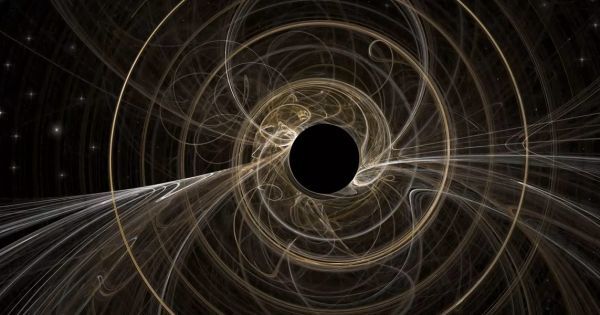
A team of theoretical physicists used Loop Quantum Gravity, string theory’s biggest contender, and showed that the calculations are consistent with the idea that black holes have no insides, but that objects are stuck on their surface.
There’s a lot in our universe we don’t completely understand, such as dark matter and dark energy. Indeed, in the bizarre world of quantum physics, ideas are constantly shifting and changing regarding the true nature of the (somewhat mysterious) forces that govern our universe.
This is what’s happening now in the debate over what black holes really are.
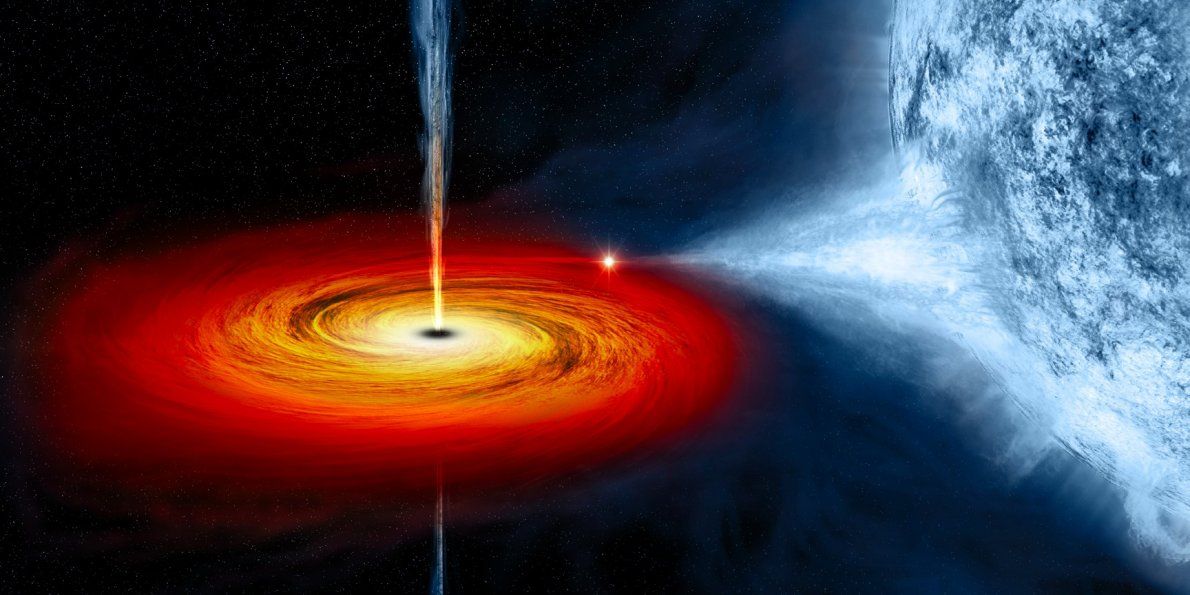
If anything can sum up just how little we truly know about the Universe, it’s black holes.
We can’t see them because not even light can escape their gravitational pull, we have no idea what they’re made of, and where does everything inside go once a black hole dies?
Physicists can’t even agree on whether black holes are massive, three-dimensional behemoths, or just two-dimensional surfaces that are projected in 3D just like a hologram.
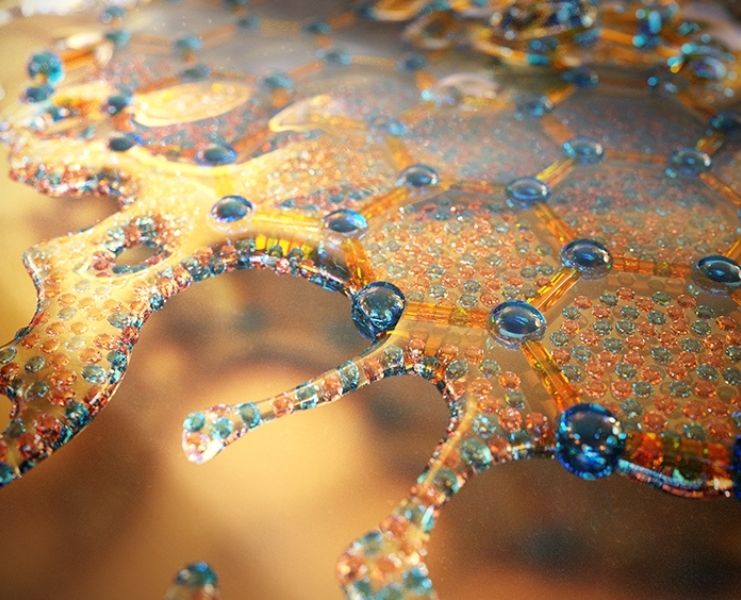
Researchers used high-purity graphene and observed for the first time that its charged particles behave like fluid with relativistic properties. This discovery holds promise for thermoelectric devices as well as for studying the behavior of black holes and celestial bodies.
( Peter Allen/Harvard SEAS )
Electrons in graphene appear for the first time to behave like a liquid, potentially leading to devices that can efficiently convert heat to electricity and chips that can precisely model the behavior of black holes and high-energy celestial objects.
Since it was discovered 10 years ago, graphene has been hailed as a wonder material: extremely light, strong, hard and among the most conductive items on Earth. The challenge, however, is studying the unique properties of this one-atom-thick material.
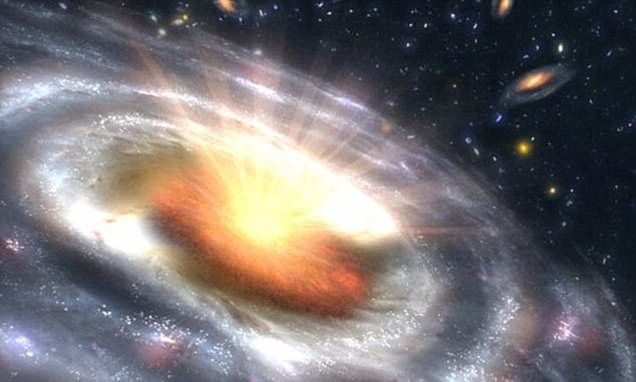
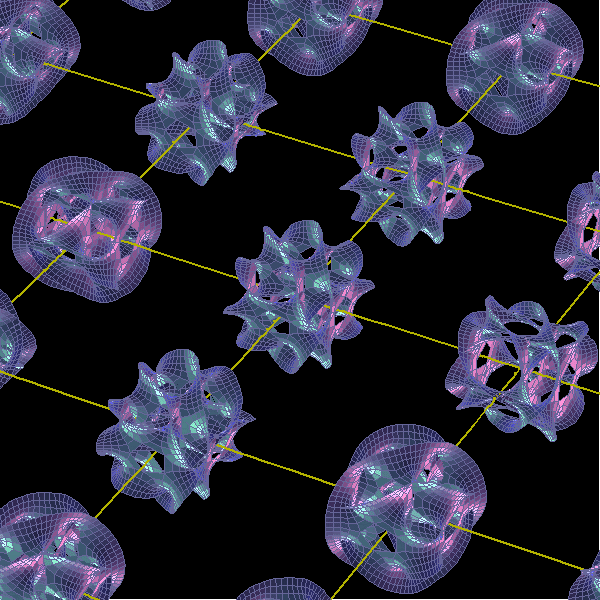
When someone mentions “different dimensions,” we tend to think of things like parallel universes — alternate realities that exist parallel to our own, but where things work or happened differently. However, the reality of dimensions and how they play a role in the ordering of our Universe is really quite different from this popular characterization.
To break it down, dimensions are simply the different facets of what we perceive to be reality. We are immediately aware of the three dimensions that surround us on a daily basis – those that define the length, width, and depth of all objects in our universes (the x, y, and z axes, respectively).
Beyond these three visible dimensions, scientists believe that there may be many more. In fact, the theoretical framework of Superstring Theory posits that the universe exists in ten different dimensions. These different aspects are what govern the universe, the fundamental forces of nature, and all the elementary particles contained within.
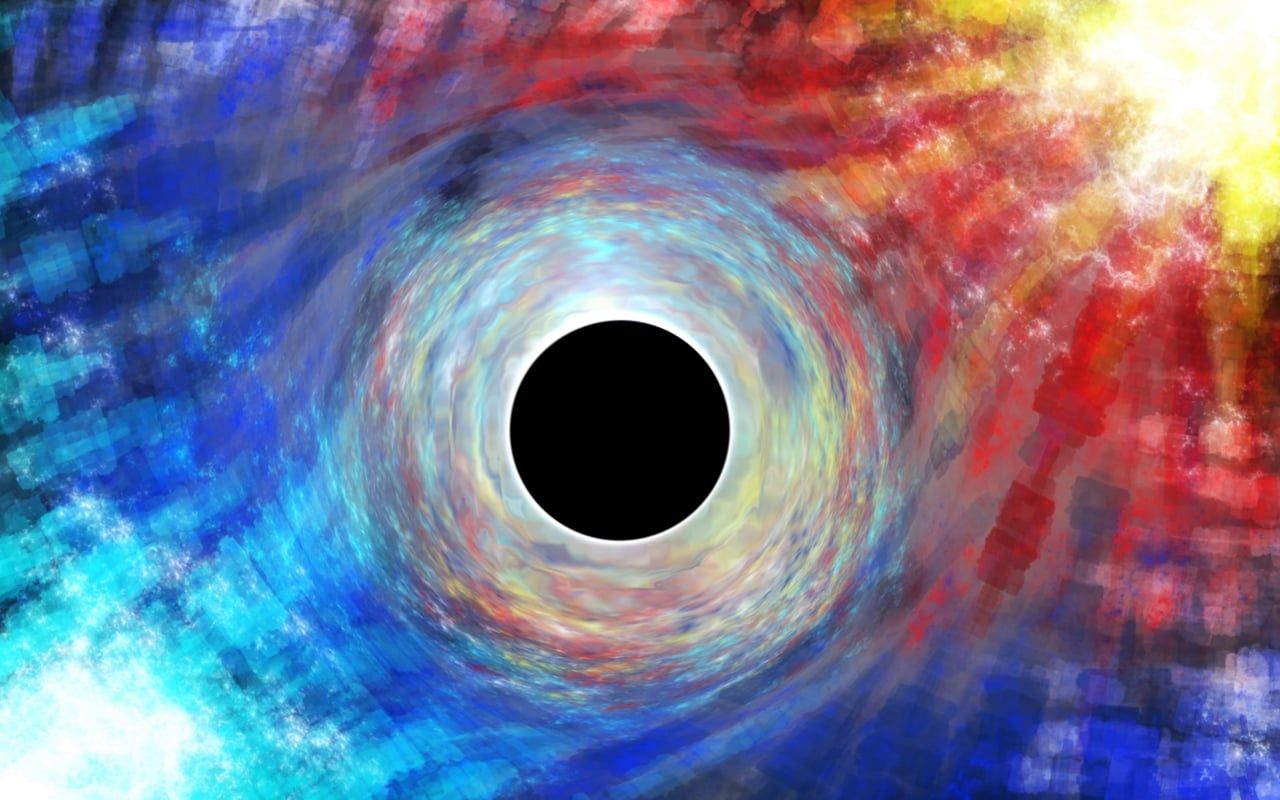
According to a paper posted to the arXiv pre-print server last week, the difference between an everyday supermassive black hole and a space-time tunneling wormhole may be a lacing of dark matter. While it sounds like crank fodder of the sort that not infrequently winds up on arXiv, the idea may hold actual water.
The theory pertains to one particular proposed form of dark matter known as axionic dark matter. Axions, a hypothesized fundamental particle of matter relating to the strong nuclear force, aren’t the only proposed candidate for dark matter, but as searches for WIMPs (weakly-interacting massive particles)—far and away the favored proposed particle comprising dark matter—come up empty, axionic dark matter has become a more and more plausible scenario. As theorized, dark matter axions would permeate the universe as an energetic condensate, interacting only very weakly via the electromagnetic force and existing as a kind of ghostly cosmic foam.
Crucially, while individual axions would be very light, they would together make up enough mass to account for the dark matter halos that form the gravitational scaffolding of galaxies. Axions are currently being hunted for via experiments involving giant Earth-based mirrors.